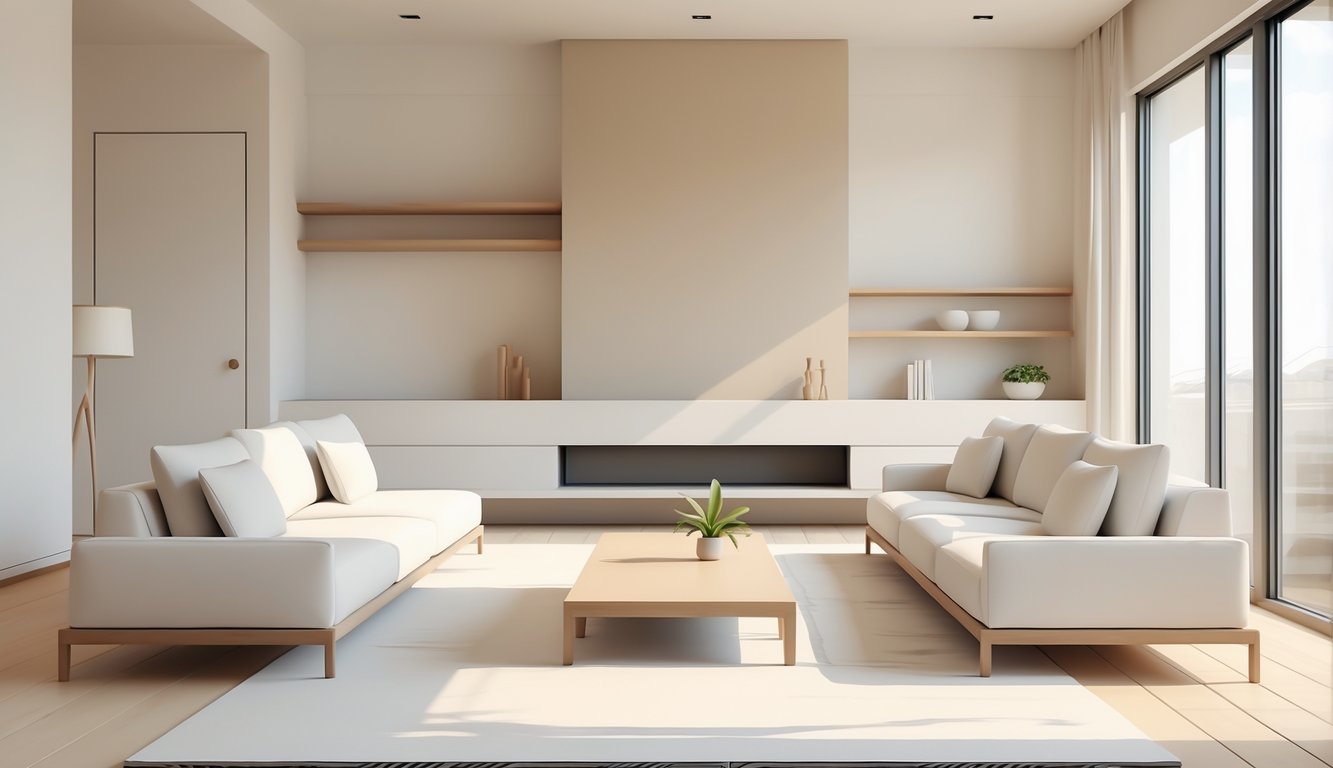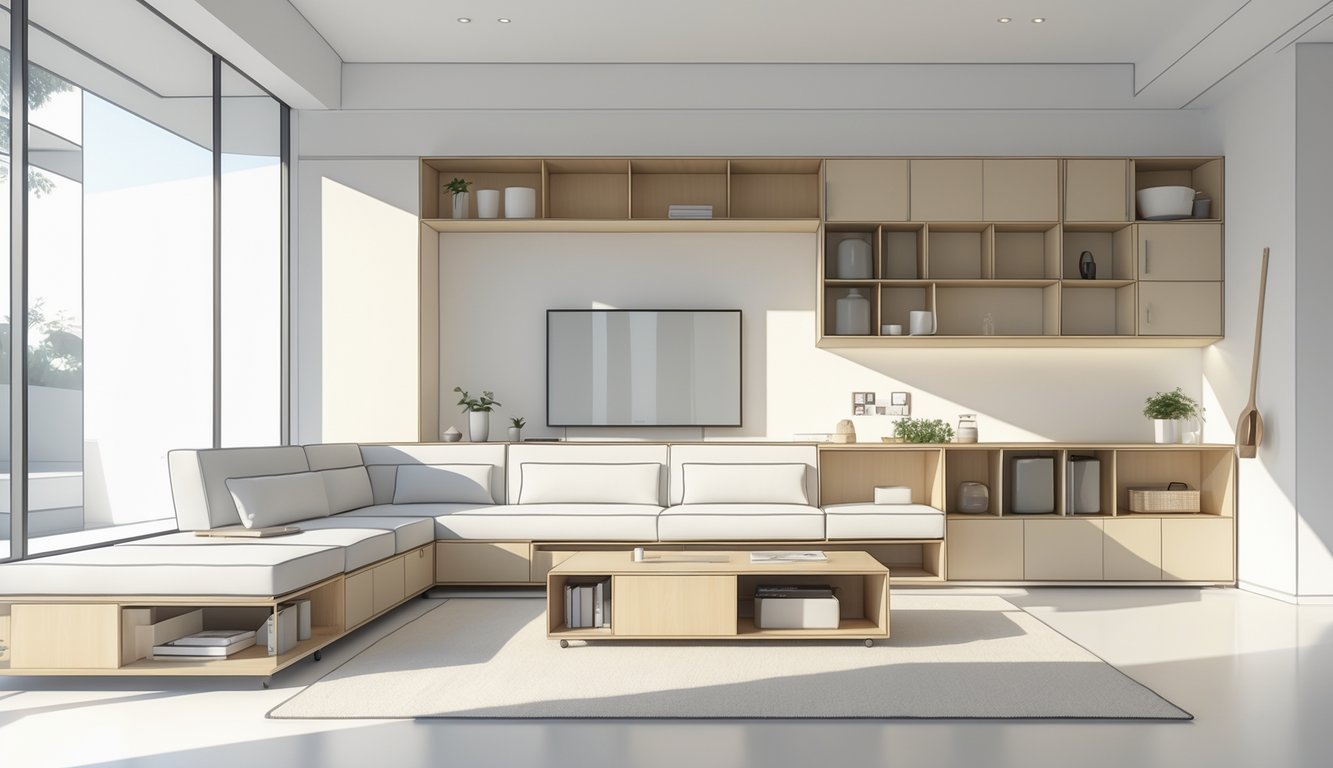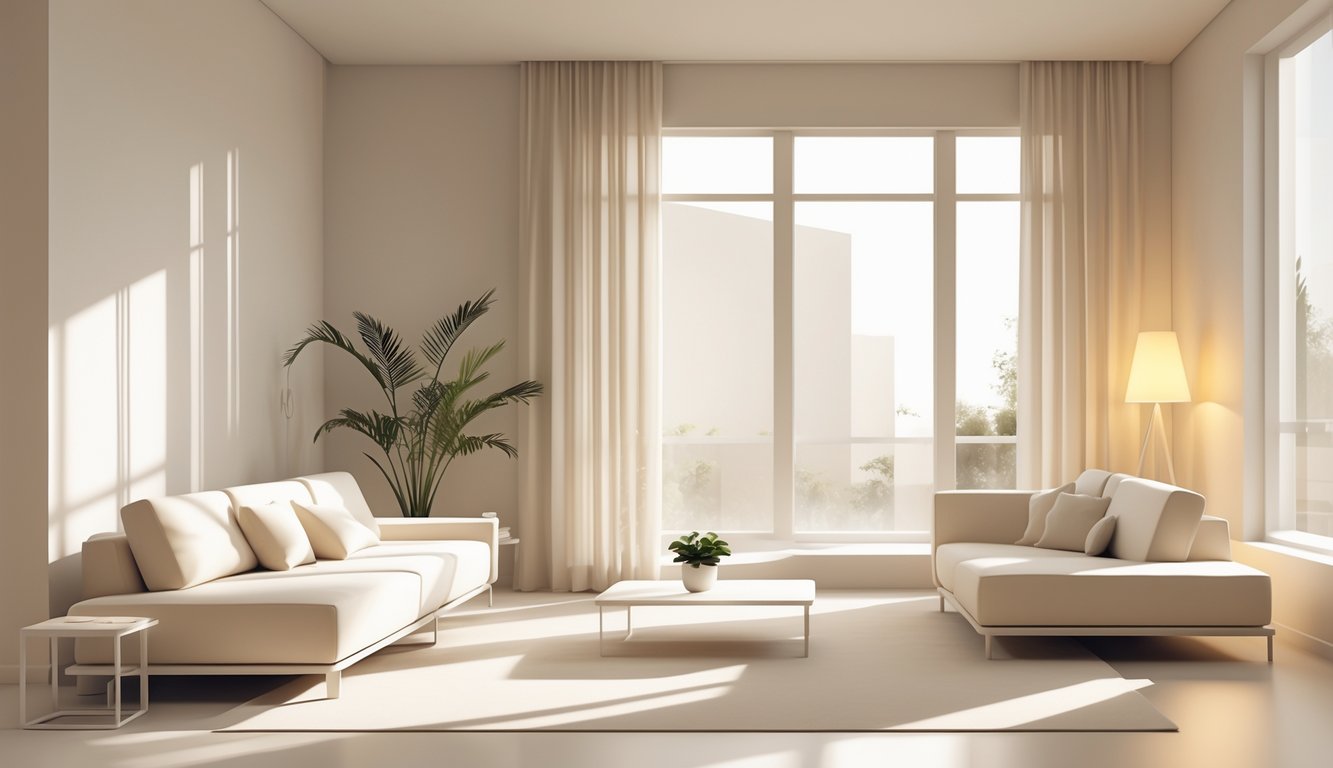
Functional Furniture and Thoughtful Storage Solutions

Honestly, keeping my living room from turning into a landfill of chargers, socks, and random stuff is a losing battle—unless the furniture pulls double duty. If the couch or sideboard can’t hide things, chaos wins. Durable fabrics, hidden compartments, wood that doesn’t splinter after a week—these aren’t extras, they’re survival tools.
Functional Furniture for Modern Living Rooms
Walk through a “minimalist” living room and that coffee table’s always got more than mugs: remotes, pretty books, chargers, ignored mail. If the sofa or table can’t store stuff, what’s the point? I bought some mid-century chairs once—regretted it instantly. No storage, nowhere for the mess. Functional furniture matters: ottomans that hide throws, media consoles with cable wells, sideboards with actual storage for all the board games I never play but refuse to toss.
Studio apartments are a test: multifunctional pieces win every time. Last night’s leftovers? Under the fold-out sofa. I still buy the occasional showy accent chair, but the shelf underneath matters way more. Utility first, showroom dreams later.
Hidden Storage and Built-Ins
Open shelving looks great in photos, but the dust is real. Built-ins save me: benches with cubbies for shoes, cables, whatever—nobody sees the mess. Open shelves up top, closed drawers below. Guests think I’m tidy. Joke’s on them.
Every closet gets an over-the-door organizer. Not because of Marie Kondo, just survival in tiny apartments. Pantries, home offices—over-the-door plus open shelves barely keep chaos at bay.
Built-ins aren’t just pretty, they end the parade of random bins. My rule: no built-in unless it has a device dock, soft-close hinges, and a drawer deep enough for actual junk. Fewer bins, less stress—until someone opens them.
Choosing High-Quality Materials
Particle board? Ruined so many bookshelves with that stuff. One winter in a damp apartment and—sag city. Now I grab engineered hardwoods, powder-coated steel, and fabrics that can survive a spill. Not because I’m rich, but because cheap stuff always costs more in the end. MDF shelving lasts about as long as a bag of lettuce.
Minimalist isn’t deprivation—it’s editing. When brands hype “solid birch,” I check. Half the time it’s a veneer, but weight and smell never lie. Furniture that doesn’t creak matters more than how it looks, honestly. My advice: stick to low-VOC finishes, dovetail joints, real wool blends, or brands that actually care about materials. They survive moves, clumsy friends, spilled wine, and endless redecorating.
Sometimes, I want to buy the cheapest thing online at 2 a.m. It’s tempting. But then it squeaks, peels, and falls apart. Every. Time.
Lighting for Minimalist Interiors

Back to lamps. If you can’t spot the pendant on your bill, maybe you’ve gone too far. I’m forever balancing sunlight with whatever lamp I haven’t tripped over. Daylight’s not even free—don’t ask about my electric bill.
The Power of Ambient Lighting
First time I swapped harsh white bulbs for dimmable LEDs, I thought my living room was haunted—soft shadows everywhere, plants confused. I’m not just being dramatic. Lighting minimalism blogs swear you don’t have to live in gloom; every light source should just play nice with the room.
Dimmers are my secret weapon. Mood shift in a second, less eye strain, endless debate with myself about warm versus cool tones. Layering—flush ceiling, track accents, some random Japanese lantern hiding in a corner—lets you control the vibe. Overhead LEDs everywhere? No. That’s not minimalism, that’s a hospital.
Lighting consults cost a fortune, but a $20 dimmer switch can change everything. Light temperature matters, too. Go above 3000K and my gray sofa looks like a gym mat. Why do I keep learning this the hard way?
Embracing LED Lighting for Energy Efficiency
Okay, so—energy efficiency. Everybody’s obsessed. I’ve swapped out so many light bulbs I’m basically a part-time maintenance worker, and honestly, sometimes I can’t tell if I’m saving money or just making my hallway look like an airport runway. LED lights, though, I’ll admit, they’re kind of a game changer. My electrician once tried to convince me that swapping out a dozen ancient incandescents would drop my bill by £30 every quarter. I didn’t check his math, but sure, why not.
Have you noticed how the options for LEDs are just… endless? Strip lights behind shelves, GU10 downlights that dim (sometimes), those pendant things that look cool until you smack your forehead on them. I keep buying low-profile ones so I don’t ruin the “clean lines” I tell myself I have. Supposedly, these things last 25,000 hours, but I’ll probably lose the spare bulbs before they burn out. I’m not dealing with flicker ever again after working under the world’s worst desk lamp for a year—non-negotiable.
Nobody really talks about this, but the CRI—the color rendering index—matters way more than you’d think. If it’s not over 90, your navy trainers look black, and good luck matching socks. Some LEDs hum, some buzz, and I swear one killed my basil plant. Still, I’m not going back. Smart controls are fun, even if the setup takes forever and you end up re-routing wires for six weeks. Minimalist lighting ideas always look so easy online, but nobody shows the cable chaos.
Maximizing Natural Light in Open Spaces
Why does every magazine make “open spaces” look like they’re built inside a greenhouse? My flat gets about three minutes of sunlight in winter, and I’ve tried every trick—mirrors, rearranging furniture, you name it. I’ve accidentally flashed myself in a mirror more times than I care to admit. But yeah, more natural light means you can skip turning on lamps, at least according to every designer I’ve met.
I keep my window sills clear, swapped out my old chunky table for a glass one (which mostly just means I see more dust), and I’m now obsessed with paint colors above 80 LRV. No one else seems to care about letting the right light in for minimalist interiors, but it’s become my weird little hobby. Reflective panels? Sure. Ditching heavy curtains? Done. Still, my place never looks like those Pinterest boards.
One thing: bounce light onto the ceiling with sheer curtains or whatever, and suddenly your room feels way bigger. I’m not saying it’ll make you a morning person, but it helps. Natural light isn’t magic, though—I still lose every sunbeam to my cat, who acts like she pays rent.